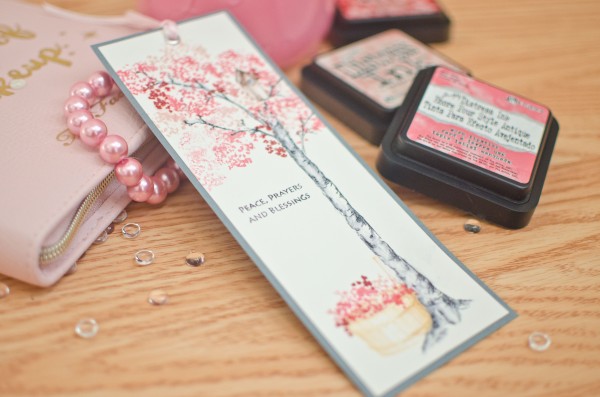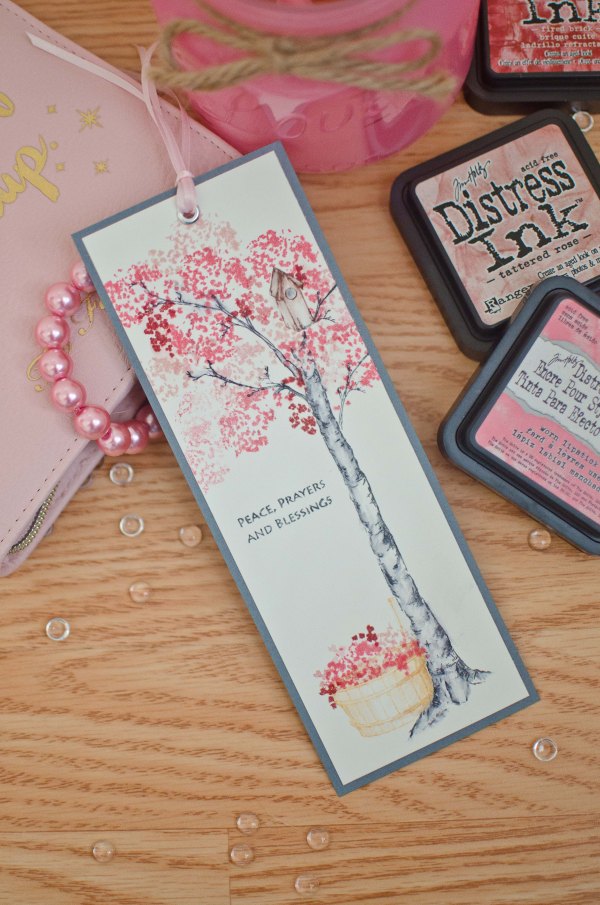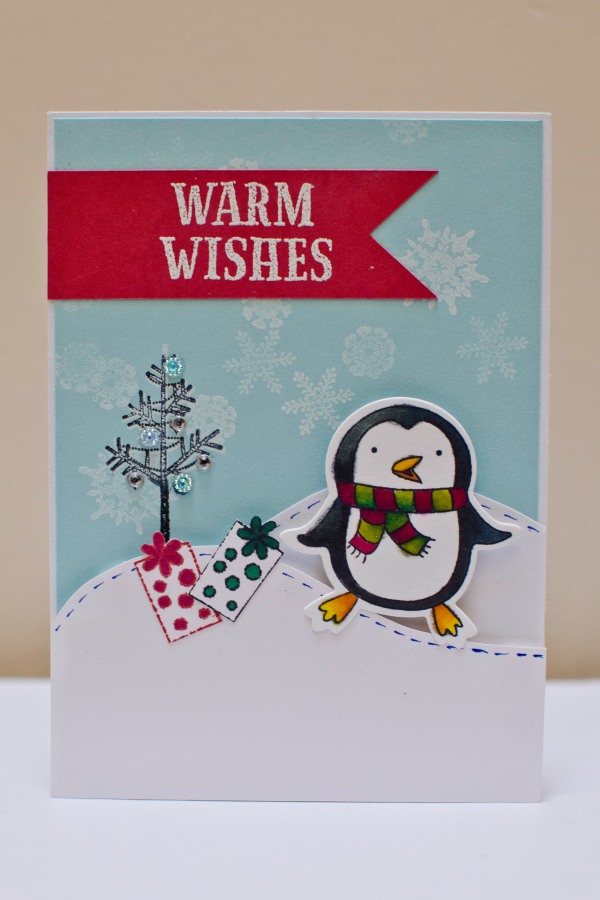
Today I wanted to review some of the products in my latest Amazon and Silhouette America haul. I drove all the way down to the states to pick it all up since prices for shipping to Canada is what I personally consider thievery. Taking advantage of the free shipping to the US and 30% off heat transfer material I grabbed a whole bunch of different supplies:
1. transfer material: yellow, glitter black, more white (because it’s so generic and useful) and this lovely teal colour that I’m sure is going to match so well with the yellow and white!
2. Stamping material and the perforated mat
3. Silhouette Fabric blade – which BTW is supposed to be the same as the normal black blade, just a different colour so you don’t get yourself all mixed up. You’re not supposed to cut fabric and paper with the same blade because it dulls the blade that way. That’s also why you never cut paper with your fabric shears.
4. thumb notch punching tool from WeRMemoryKeepers for my project life needs
5. project life photo pocket pages in design G and a WRMK one #50032-3
6. pick me up tool – for rhinestones and very small pieces of paper my chubby fingers are too indelicate to handle.
7. the much raved about pixscan mat which I personally raved about in my earlier blog post.
So the first thing I did with all my brand new loot was create a pretty stamp using the silhouette stamping material.
My BFF requested a stamp to personalize her creations so I created a logo for her using the silhouette studio software which you can take a look at below:
Cut-out stamp mounted on an acrylic block and inked with red pigment ink

Stamped red on white cardstock with the cut-out stamp below it

So here are my thoughts on the silhouette stamping material:
Who would benefit the most from creating their own stamps using the silhouette:
In general, I think that anyone who is comfortable using the basic functions of the silhouette studio free software and the usual troubleshooting involved would be able to handle cutting the stamping material.
The individuals who would benefit the most are those who are comfortable using the more advanced functions of Studio, both free and designer versions. For example, if you understand how to weld, cut, trace, then you could make some pretty cool personalized designs.
PROs:
1. Make my own stamps to suit my crafty needs.
I really love the idea of being able to create my own stamps to use with whatever project I want. For example making a personalized logo which I can just stamp on all my projects before I give them away or as a way to promote my brand.
2. Cool and unique stamps can be made even using the free studio software.
I only have the free version of the software and I managed to make that really cool stamp design by welding the words, editing points, cutting and merging where necessary. All of these tools were available to me through the free studio software.
I would love to get the designer version of the software but unfortunately, it’s a little too expensive right now so I’m waiting for a sale.
3. The material inks up and stamps really well!
As you can see above, I get a clear, crisp image which I was not expecting. I thought it would be just a little blotchy or irregularly shaped as the cut isn’t perfect. But upon stamping, it was totally fine and those little areas where the cutting wasn’t as smooth didn’t even show up after stamping on cardstock. I am using Colorbox pigment ink.
Despite the ink also inking up on the acrylic block, when I stamped, none of the off-target inking transferred to the cardstock which is amazing! Even commercial stamps I get frustrated sometimes because if you press just ever so slightly harder than the sweet spot, you get a big splotchy image. But not with this stamp.
3. Designs are fairly intricate.
The box instructions do say “Make sure all cut lines are 1/16 inch apart“. I didn’t measure it exactly but as you can probably tell by the ruler in the photograph, the stamp I cut out was about 4 cm in width and 2.5 cm in height. I’ve got some pretty thin lines in this image. I’m not sure if I could get it any thinner than that but I probably could since I’ve seen other people do it. I just haven’t tried yet since this was my first shot.
But not bad for my first shot eh?
4. Fun!
It has been a lot of fun learning how to use the silhouette studio software, the user interface is very much like adobe illustrator (but not as complex) and lots of people actually use it to design commercial products/projects.
It feels very rewarding to come up with a creative idea and then have the tools to make it come to fruition. I thoroughly enjoyed every step from the initial brainstorming and vision to creating my design to actually cutting it out and stamping with it.
CONs:
1. There’s a limit to how small a line you can cut and sometimes for the smaller pieces like holes in the “O’s” etc. the pieces of stamp material get stuck and you have to rip them out. That ripping part created a jagged edge and sometimes causes tears in the stamp itself.
For example, the first time I made this stamp, I made it about 3.5 cm in width and when I ripped out the centre part of the “O” which was stuck pretty firmly, it ripped the top part of the “O”. So it looked more like a “U”.
After some troubleshooting on size of stamp to cut and careful extraction procedures using a combo of nails and exacto knife, my second stamp attempt resulted in an intact “O”.
2. Stamp material flimsy.
So it’s great that the material is soft enough that you can cut it with the silhouette but afterwards it’s flimsy and flexible. Unless you have an acrylic block with grid marks on it, it would be near impossible to have a stamp mounted straight. So I suggest investing in a good acrylic block with grid lines so you can align your stamp to the grid to make it actually stamp the way you want to. I suggest the one offered by Martha Stewart with the little foam pads (as shown above).
If you ever remove your stamp from the block and then put it back on, you won’t get the same stamped image twice unless you cut out a rather chunky and solid stamp. If the material were a little sturdier that would be nice. Not a huge deal if you aren’t a perfectionist.
3. Choice of inks is limited to the pigment variety.
The best type of ink to use with this material is a nice pigment ink. Not even the distress inks will do because it will just bead up on the stamp. Use something like colorbox pigment ink or there is also the generic Michaels brand pigment inks. Tsukineko also makes some good ones as well.
Avoid the archival dye inks because those will just create beads and you’ll get a stamped image of bubbles…unless that was the look you were going for.
Anyone else try other types of inks that worked?
Anyways, tons of possibilities and I’m just starting. Can’t wait to try out my Pixscan mat so stay tuned for that!

































